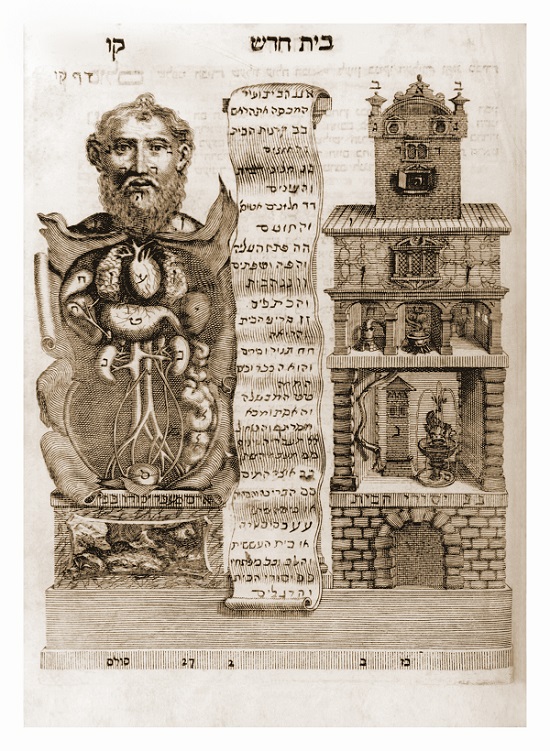Main Hall - Show Case A
The Study of Anatomy and Post Mortem
“We murder to dissect”
Dissecting the dead has been a controversial issue since antiquity. In ancient Egypt preparing the deceased to his afterlife’s journey by dissecting and embalming was a privilege and duty but elsewhere it was a taboo. Dissecting and thus, “desecrating” the dead was a taboo since the Greek golden period until this very day in some cultures. This is the reason that the study of human anatomy had to wait until Leonardo Da Vinci (that had to hide his dissections) and Medical Anatomy & Physiology was based very often on imagination, not proven theories and animals. As soon as the formal study of Medicine started to involve anatomy the dissections (of executed criminals in most cases) became a show not only for the profession (see a dissection scene from the 17th century copper engraving). In the 18-19 centuries the demand (by anatomists) for human corpses for dissection was so great that fresh bodies were stolen from their graves and even murders of homeless and lonely people were committed for their precious bodies (see c. 1800 copper engraving). Even today, the enormous restrictions imposed by the religious institutions on Post Mortem dissections deprive the treating physician of the so important feed-back of what was the real reason of his patient’s death.
- Post Mortem (P.M.) two dissection sets c. 1900-1920
- Post Mortem knife for abdominal exploration c. 1850, ebony handle
- Fibula: The Roman “safety pin” used for holding the toga c.100 BC Bronze. Its form with the combination of a thicker, slightly bent arm and the other thinner, straight one resembling the two leg bones (Tibia & Fibula) gave the name to the Fibula, the thinner bone of the leg.
- Burial headrest c. 100 BC, bronze
Similar headrests were found throughout the antique world. Used to position the head of the deceased. On the right: its “modern” Chinese 17 century head rest
- Prototype for a Post Mortem headrest made to position and stabilizes the head during dissection. Downs UK 1935
- Post Mortem mallet and chisel, used to crack-open the skull or the chest c.1880
- Post Mortem chisel for opening the chest cavity c. 1840
- Post Mortem chisel for opening the skull (cranial) cavity, c. 1840
- Ma’ash Tuviah (Facsimile) by Tobias Ben Moses Cohen, Venice 1707. see details on your right on the wall
– Dissection scene from the 17th century copper engraving
– “We murder to dissect” c. 1800 copper engraving
Social Connect
The Rosenberg Museum of Medicine – All Rights Reserved Ben-Gurion University of the Negev – Faculty of Health Sciences


